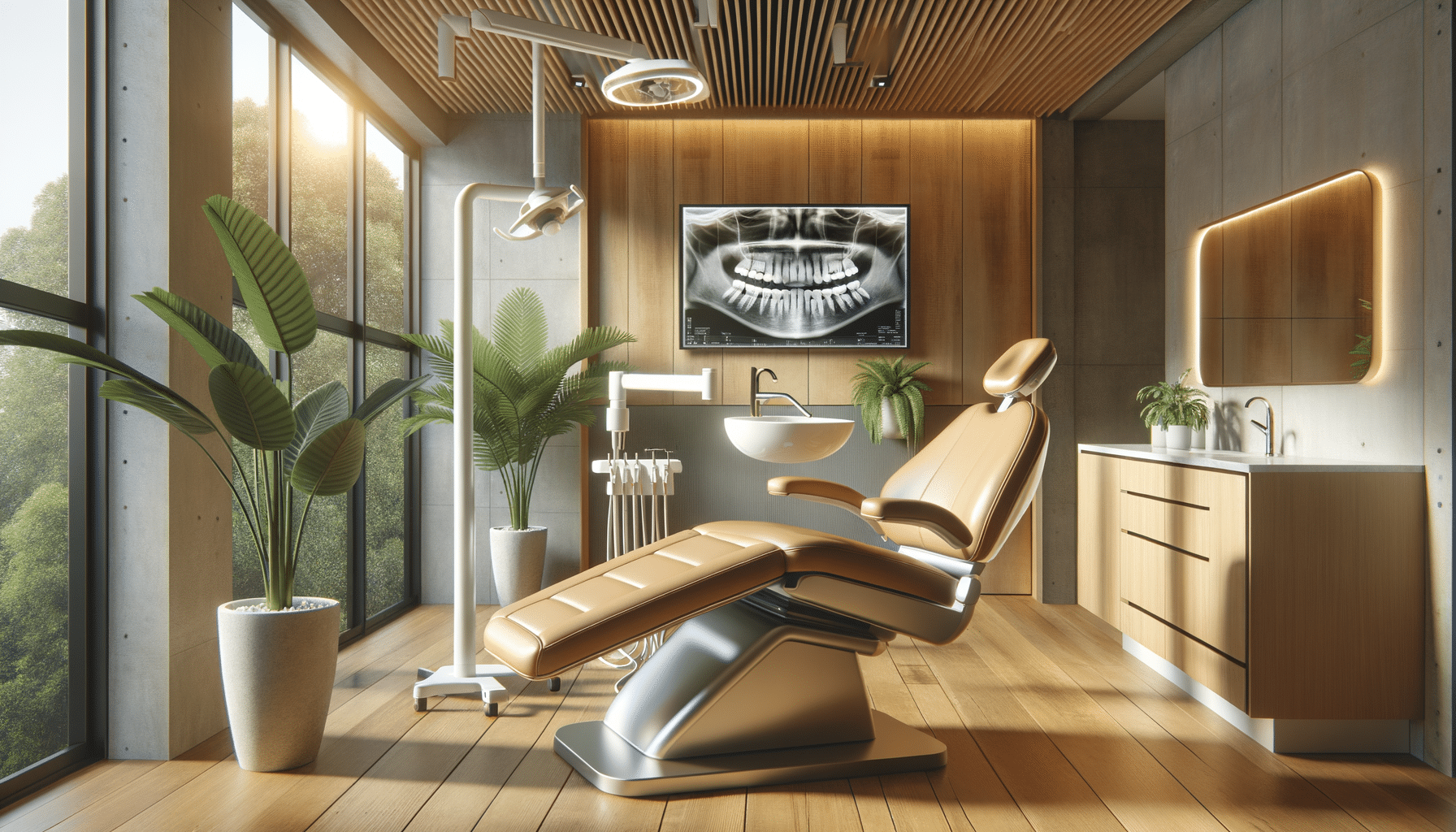
Screwless Dental Implants: A Modern Approach to Oral Health
Introduction to Screwless Dental Implants
The evolution of dental technology has brought about significant advancements in oral health solutions. One such innovation is the introduction of screwless dental implants. These implants represent a shift from traditional methods, offering a more seamless and comfortable experience for patients. Unlike conventional implants that rely on screws to secure the implant, screwless versions utilize advanced locking mechanisms that enhance stability and reduce complications. This article delves into the various aspects of screwless dental implants, highlighting their benefits, technology, and potential impact on the dental industry.
Exploring the Benefits of Screwless Dental Implants
One of the primary advantages of screwless dental implants is the reduction in procedural complexity. Traditional implants often involve a multi-step process that can be time-consuming and uncomfortable for patients. In contrast, screwless implants streamline the procedure, offering a more straightforward and less invasive approach. This not only shortens recovery time but also minimizes the risk of infection and other complications.
Furthermore, screwless implants are designed to provide enhanced stability. The innovative locking mechanisms ensure that the implant remains securely in place, which is a crucial factor for the longevity of the implant. Patients can enjoy a more natural feel and function, as these implants mimic the performance of natural teeth closely.
Another notable benefit is the aesthetic appeal. Screwless dental implants allow for a more natural appearance, as there are no visible screws or connectors. This contributes to a more pleasing smile and boosts patient confidence. Additionally, the materials used in these implants are often biocompatible, further enhancing their acceptance by the body.
Technological Advancements in Screwless Implants
The development of screwless dental implants is a testament to the advancements in dental technology. These implants utilize cutting-edge materials and engineering techniques to achieve optimal results. For instance, the use of zirconia, a durable and aesthetically pleasing material, is common in the construction of these implants. Zirconia not only offers strength but also integrates well with the jawbone, promoting osseointegration.
Moreover, the design of screwless implants often includes precision-engineered components that allow for a snug fit without the need for screws. This precision reduces the likelihood of micro-movements that can lead to implant failure. The use of CAD/CAM technology in the design process ensures that each implant is tailored to the patient’s specific anatomy, further enhancing fit and function.
These technological advancements also extend to the tools and techniques used during the implantation process. Modern imaging technologies such as 3D cone beam computed tomography (CBCT) provide detailed views of the patient’s jaw, allowing for precise planning and placement of the implants.
Comparing Screwless and Traditional Dental Implants
When considering dental implants, it’s essential to understand the differences between screwless and traditional options. Traditional implants rely on screws to secure the implant post to the jawbone. This method, while effective, can sometimes lead to complications such as loosening or infection around the screws.
In contrast, screwless implants eliminate these issues by using a locking mechanism that does not require screws. This can lead to a more comfortable experience for the patient and a reduced risk of complications. Additionally, screwless implants tend to offer better aesthetic results, as there are no visible components that might detract from the natural appearance of the teeth.
Another critical difference lies in the procedural aspects. Screwless implants often require fewer surgical interventions, which can be a significant advantage for patients seeking a less invasive treatment option. The recovery time is typically shorter, and patients can expect a quicker return to normal oral functions.
Conclusion: The Future of Dental Implants
Screwless dental implants represent a significant advancement in the field of dental restoration. By offering a more streamlined, comfortable, and aesthetically pleasing option, they address many of the shortcomings of traditional implant methods. As technology continues to evolve, it’s likely that screwless implants will become more prevalent, offering patients a superior alternative for restoring their smiles.
For those considering dental implants, exploring the benefits of screwless dental implants can provide valuable insights into making an informed decision. With their combination of advanced technology, reduced risk, and natural appearance, screwless implants are poised to become a preferred choice for patients and practitioners alike.


